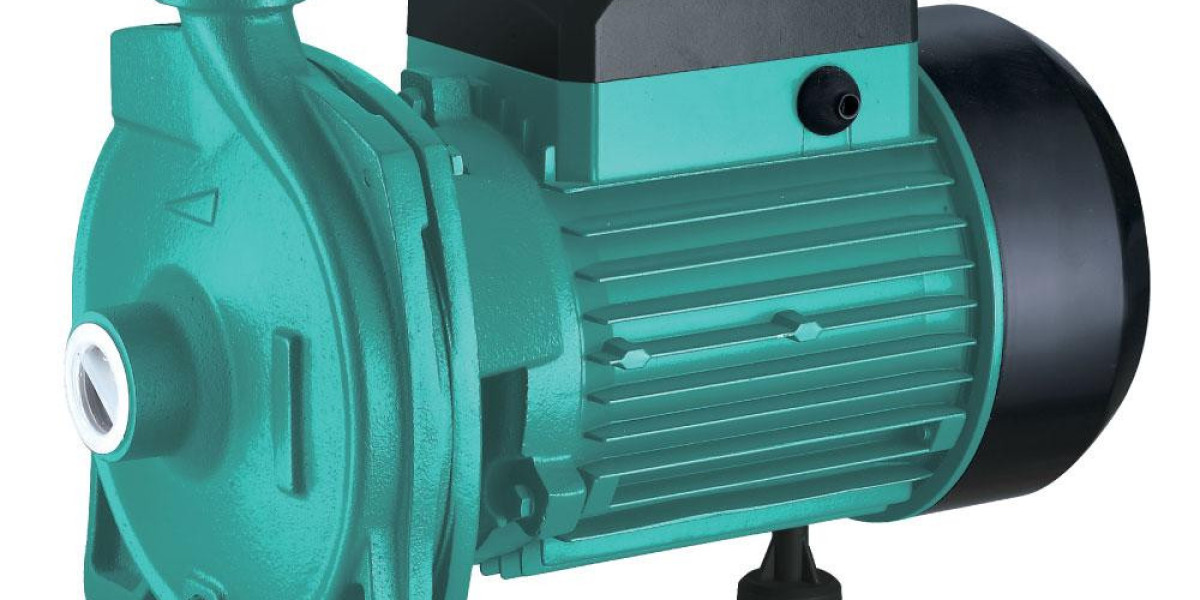A centrifugal water pump constitutes a rotodynamic turbomachine engineered to transduce mechanical rotational energy into fluid kinetic and pressure energy, thereby facilitating controlled fluid conveyance in complex hydraulic systems. This class of pumps is extensively deployed in industrial process engineering, municipal water infrastructure, thermal power stations, and irrigation networks, primarily due to their hydrodynamic efficiency, scalable architecture, and ability to sustain high volumetric flow rates.
Theoretical Framework and Operational Principles
The fundamental operation of a centrifugal pump is predicated upon Newtonian mechanics and the principle of angular momentum conservation. As the impeller rotates at angular velocity ω\omega, the fluid experiences a radial acceleration, generating dynamic pressure and an increase in total energy head. This process is governed by the Euler turbine equation:
H=U2Vu2−U1Vu1g+HfH = \frac{U_2 V_{u2} - U_1 V_{u1}}{g} + H_f
Where:
HH = total head developed (m)
UU = tangential velocity of the impeller (m/s)
VuV_u = circumferential component of absolute fluid velocity (m/s)
gg = gravitational acceleration (m/s²)
HfH_f = head losses due to friction and turbulence
The impeller vanes are optimized to minimize flow separation and recirculation zones, thereby reducing hydraulic losses and enhancing pump efficiency. The volute or diffuser casing functions to convert kinetic energy into static pressure with minimal turbulence, adhering to Bernoulli’s principle and the law of conservation of energy.
Advanced Design Considerations
Impeller Geometry: Backward-curved, radial, or mixed-flow designs are selected based on desired flow rate, head, and system NPSH requirements.
Cavitation Mitigation: Proper suction head design ensures that local pressure does not fall below vapor pressure, preventing cavitation-induced erosion.
Computational Fluid Dynamics (CFD) Analysis: Modern design employs CFD simulations to predict pressure distribution, velocity vectors, and turbulence intensity, allowing for optimization of efficiency and reduction of vibration.
Material Selection: Corrosion-resistant alloys, composites, and surface coatings are used to extend lifespan in chemically aggressive or abrasive environments.
Performance Metrics
Best Efficiency Point (BEP): The operating point at which hydraulic efficiency is maximized.
Affinity Laws: Govern the scaling of flow rate, head, and power with changes in impeller diameter or rotational speed.
Specific Speed (Ns): Dimensionless parameter that predicts impeller type and flow characteristics.
Applications
Industrial water recirculation systems
Thermal and nuclear power plant feedwater pumps
Agricultural irrigation systems
HVAC circulatory loops in large commercial infrastructure
Firefighting and high-capacity emergency water supply networks
Low-viscosity chemical transport in process engineering
Advantages
High hydraulic efficiency over a broad operating range
Modular construction facilitates maintenance and component replacement
Continuous, non-pulsating flow suitable for sensitive industrial processes
Can handle large volumetric flows with relatively low mechanical complexity
Limitations
Performance degrades with high-viscosity, multiphase, or particulate-laden fluids
Requires priming or self-priming modifications
Susceptible to cavitation and vibratory stresses at low suction heads
Deviations from BEP reduce efficiency and increase wear
Conclusion
The centrifugal water pump epitomizes the integration of mechanical engineering principles, thermodynamic theory, and hydrodynamic optimization. Its design, grounded in Eulerian fluid dynamics, ensures effective energy transfer, reliable volumetric flow, and pressure head development. Through modern computational techniques, material innovations, and precision manufacturing, centrifugal pumps continue to evolve, maintaining their central role in fluid transport infrastructure, from municipal water supply to high-tech industrial applications.





